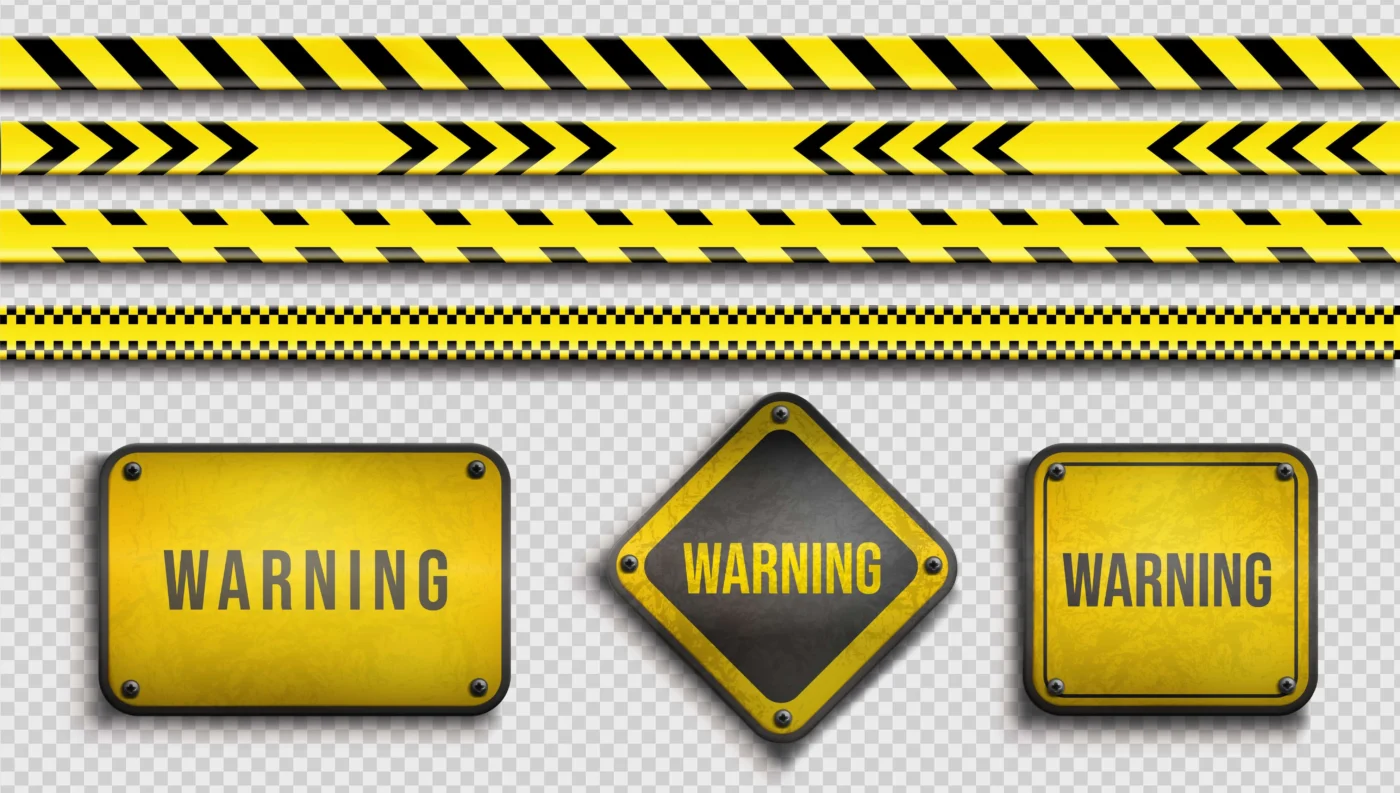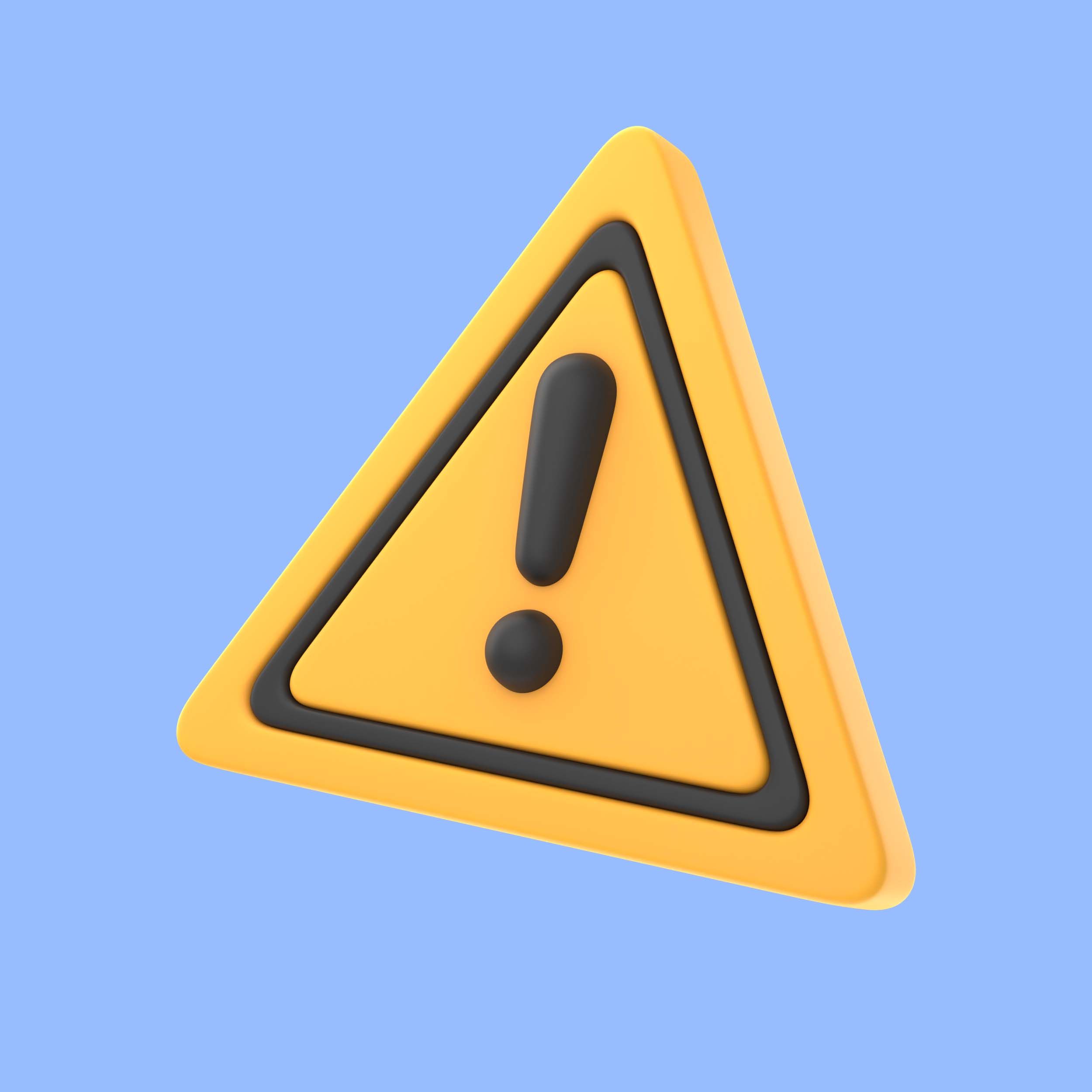Warning signs play a crucial role in ensuring safety, guiding individuals away from potential hazards, and preventing accidents. These signs are designed to grab attention, convey important information quickly, and help individuals make informed decisions. In various industries, including construction, traffic management, and workplace safety, recognizing and understanding warning signs is essential. Companies like Govcomm specialize in providing high-quality warning signs that meet regulatory standards and enhance public safety.
What Are Warning Signs?
Warning signs are visual indicators that alert individuals to potential dangers in their surroundings. These signs typically feature bold colors, specific symbols, and clear wording to communicate messages effectively. Unlike informational or regulatory signs, warning signs specifically highlight hazards that require caution.
Characteristics of Warning Signs
To differentiate warning signs from other types of signage, they generally possess the following characteristics:
Color: Most warning signs use yellow or orange as the background color to indicate caution.
Shape: They are often triangular or diamond-shaped, making them easily distinguishable.
Symbols: Universal symbols or pictograms help convey the message even to those who may not understand the written language.
Text: Short and clear wording ensures that the message is instantly understandable.
Common Types of Warning Signs
Warning signs are used in different environments, from roads and workplaces to public spaces. Below are some of the most commonly seen types of warning signs:
Traffic Warning Signs
Traffic warning signs help drivers and pedestrians navigate roads safely. These signs indicate potential dangers, such as:
- Slippery roads
- Sharp turns
- Pedestrian crossings
- Animal crossings
- Falling rocks
Workplace Safety Warning Signs
Industries that involve machinery, hazardous chemicals, or construction require safety warning signs. Common workplace warning signs include:
- High voltage areas
- Forklift operation zones
- Wet floors
- Flammable materials
- Confined spaces
Environmental Warning Signs
Environmental warning signs alert individuals to natural dangers, such as:
- Flood zones
- Wildfire risk areas
- Tsunami evacuation routes
- Extreme heat or cold warnings
Importance of Recognizing Warning Signs
Failing to recognize warning signs can lead to accidents, injuries, or even fatalities. Whether on the road, at work, or in a public space, understanding and responding to these signs is critical. Here are some reasons why recognizing warning signs is essential:
Prevents Accidents
Warning signs provide advance notice of potential hazards, allowing individuals to take necessary precautions. For instance, a Bridge Ices Before Road sign alerts drivers to drive cautiously in freezing conditions.
Enhances Workplace Safety
In industrial and commercial settings, warning signs help employees and visitors identify hazardous areas and follow safety protocols. Many Companies have manufacture safety signs that meet industry standards, ensuring a safer work environment.
Compliance with Regulations
Government agencies and safety organizations enforce regulations that mandate the use of warning signs in specific areas. Compliance with these regulations prevents legal penalties and promotes public safety.
Protects Lives and Property
By alerting individuals to dangers such as high voltage areas, fire hazards, and unstable structures, warning signs help reduce risks and protect both lives and property.
How to Identify Legitimate Warning Signs

With numerous signs present in various settings, it is important to differentiate legitimate warning signs from unofficial or misleading ones. Here are some ways to identify authentic warning signs:
Look for Placement in Hazardous Areas
Legitimate warning signs are strategically placed in areas where potential dangers exist. If a sign is located far from an obvious hazard, it may not be an official warning sign.
Verify Compliance with Local Authorities
Government agencies and professional safety organizations approve and regulate warning signs. Checking with these authorities ensures the sign is legitimate.
Conclusion
Warning signs are essential tools for ensuring public safety in various environments. Whether on the road, at work, or in natural settings, these signs provide critical information that helps prevent accidents and injuries. Recognizing legitimate warning signs and understanding their meanings can make a significant difference in maintaining safety and compliance with regulations.

